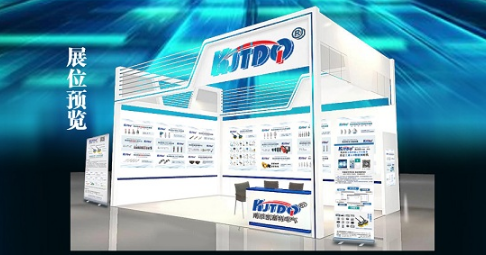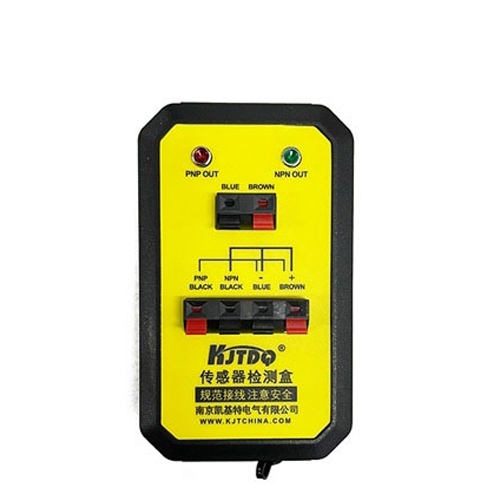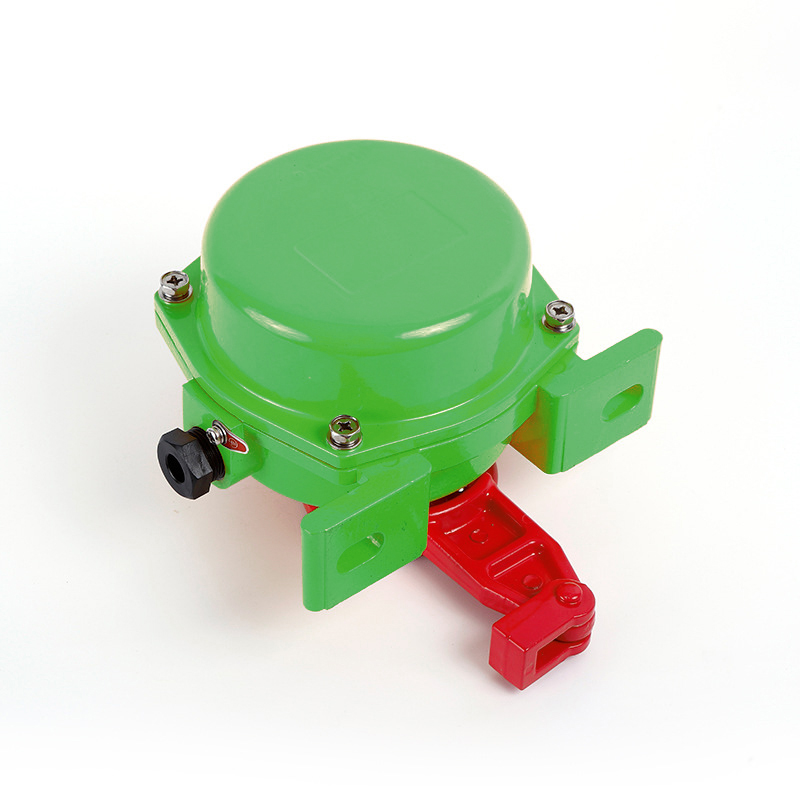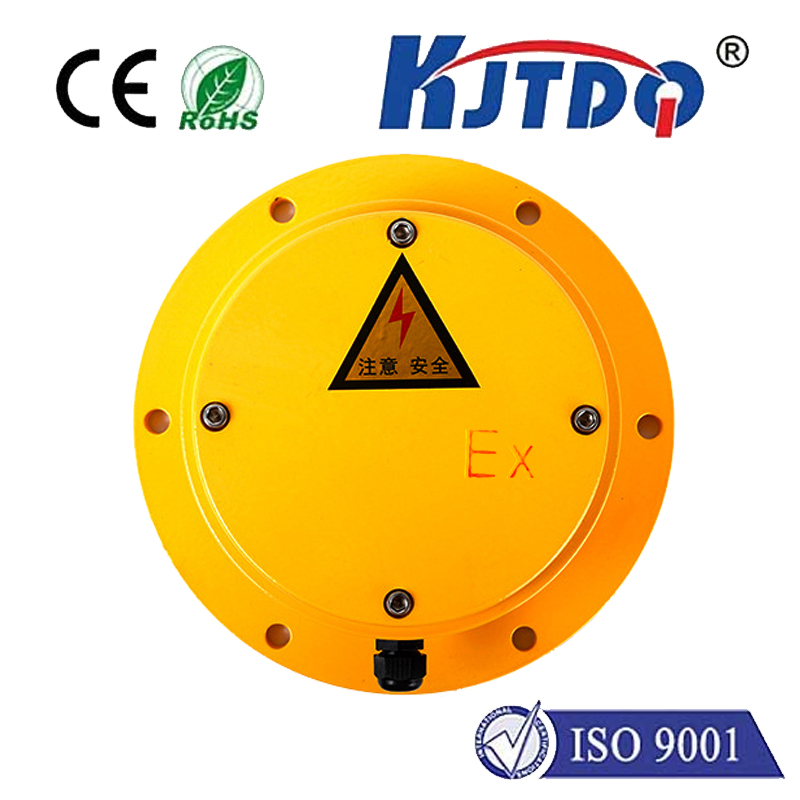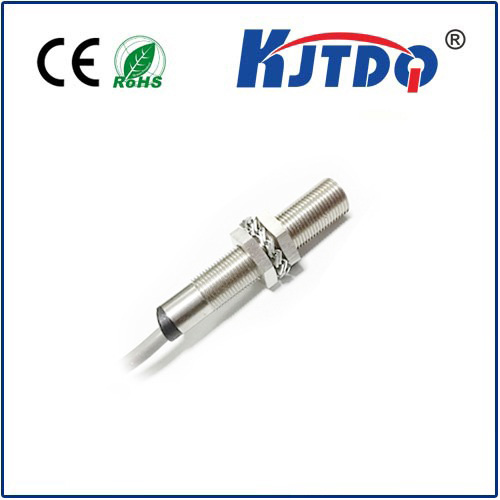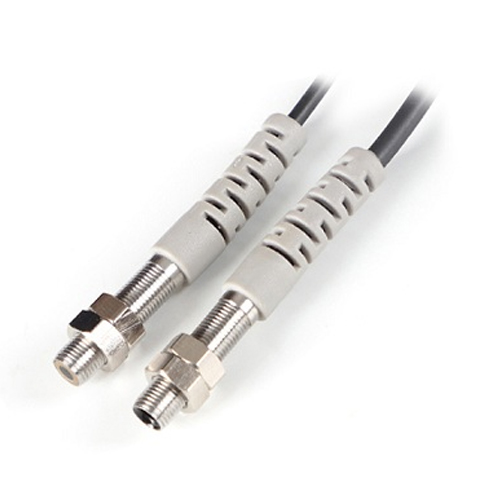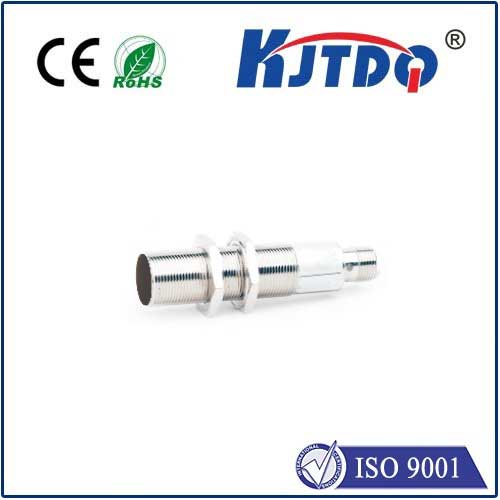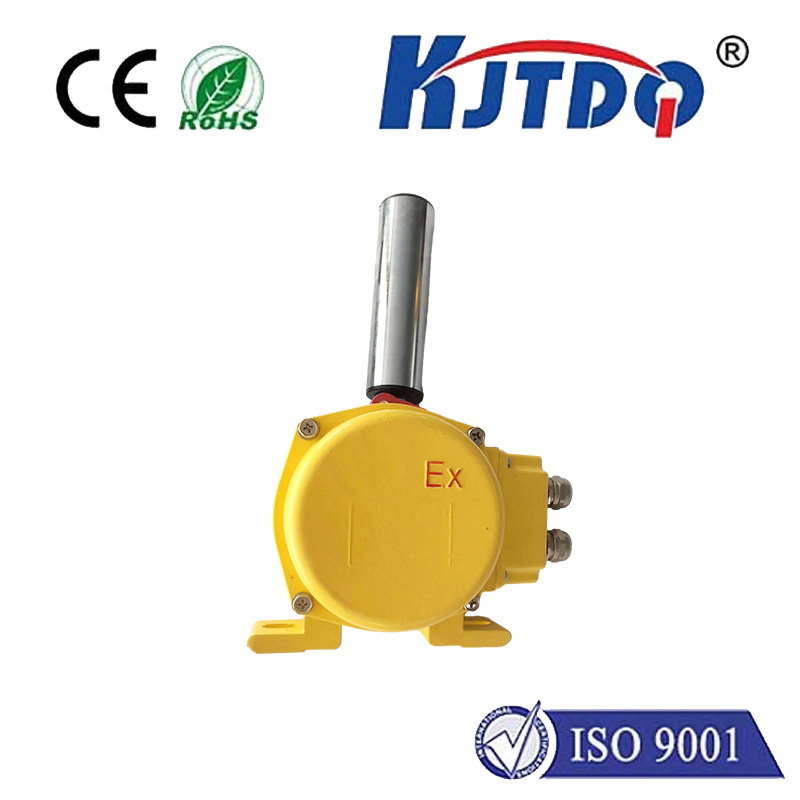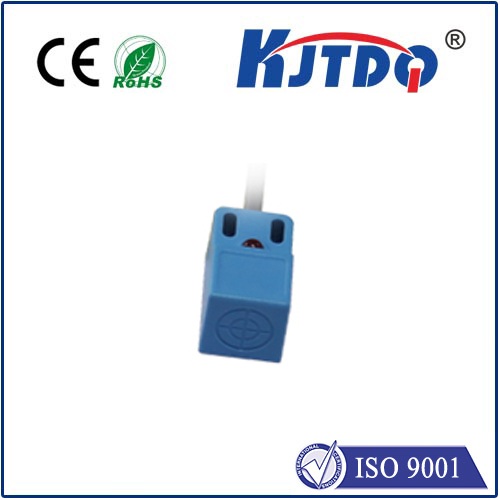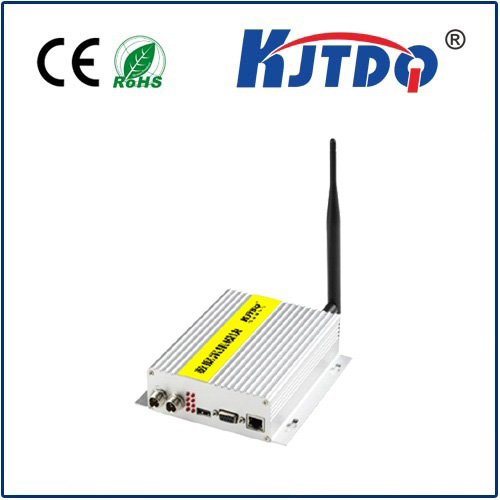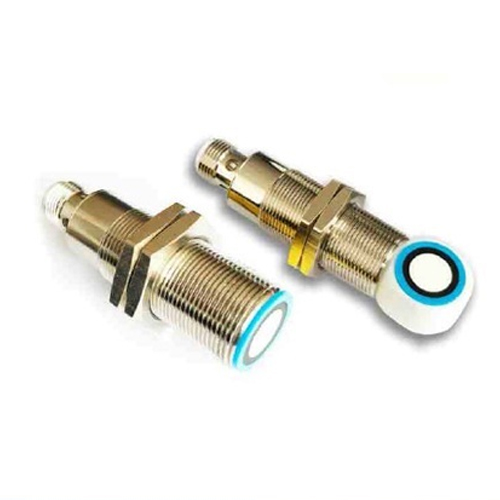E3FC-LP12 2M reflective proximity sensor
- time:2025-10-09 12:58:34
- Нажмите:0
Mastering Mid-Range Detection: The E3FC-LP12 2M Reflective Proximity Sensor
Imagine streamlining your conveyor system, needing reliable detection of large pallets or containers several feet away without constant recalibration or complex setups. Or picture automating warehouse door control, demanding consistent sensing of vehicles or forklifts at a safe distance. This is the challenging domain of mid-range proximity sensing, where precision meets practicality. Stepping confidently into this space is the E3FC-LP12 2M reflective proximity sensor, engineered to deliver robust, non-contact detection where standard proximity sensors fall short. Its defining 2-meter (approx. 6.5 feet) sensing range makes it a game-changer for countless automation applications, offering simplicity and reliability where you need it most.
Beyond the Short Reach: What is Reflective Proximity Sensing?
Unlike diffuse sensors where emitter and receiver are in a single housing facing the target, or through-beam sensors requiring separate components, reflective proximity sensors work with a built-in reflector. The sensor houses both the infrared (IR) light emitter and the receiver. It faces a specially designed reflector (retroreflector) installed opposite the detection point. The emitter sends a light beam towards the reflector; if an object passes between the sensor and the reflector, it interrupts this beam. The receiver detects this interruption and triggers the sensor’s output signal (e.g., NPN or PNP transistor switching).

The E3FC-LP12 2M Advantage: Power, Range, and Resilience
The E3FC-LP12 2M exemplifies the strengths of reflective sensing, particularly leveraging it for impressive distance capabilities:
- Long-Range Performance (2M): The headline feature “2M” signifies a maximum sensing distance of 2 meters. This significantly surpasses the typical range of standard diffuse sensors, opening doors to new application possibilities or simplifying existing ones where objects need detection from further away. This extended reach minimizes sensor placement constraints and offers greater design flexibility.
- Simplified Installation & Alignment: Compared to through-beam sensors requiring two components (emitter and receiver) mounted and precisely aligned on opposite sides, the E3FC-LP12 only requires Один. component mounted on one side. You install the sensor head, and position the reflector (like the designated BS-50) on the opposite side. Alignment involves ensuring the sensor “sees” the reflector, which is generally more straightforward due to the reflector’s wide acceptance angle. This translates to faster setup and reduced commissioning time.
- Enhanced Reliability in Challenging Environments: Reflective sensors like the E3FC-LP12 often perform better than diffuse types in environments with target variations (color, material reflectivity) or background interference. Because it’s detecting the absence of a reflected beam (from a known, high-quality reflector) rather than the presence of diffuse reflection (which varies greatly), detection is typically more consistent and less prone to false triggers from background objects.
- Robust Industrial Build: Designed for demanding factory and logistics settings, the E3FC-LP12 features a rugged, compact rectangular housing. Crucially, it boasts an IP67 protection rating, making it resistant to dust ingress and capable of withstanding water jets. This durability ensures longevity and consistent operation in harsh industrial conditions, whether facing washdowns, dusty warehouses, or outdoor exposure.
- Stable Operation: Leveraging modulated infrared light, the sensor effectively ignores ambient light interference (like factory overhead lighting or sunlight), ensuring stable detection performance regardless of the surrounding light conditions. Consistency is key in automation, and this sensor delivers.
Where the E3FC-LP12 2M Shines: Key Applications
The combination of long-range sensing, simplified setup, and robustness makes this sensor ideal for numerous scenarios:
- Conveyor Systems: Detecting large boxes, pallets, or totes at a distance on wide conveyors before merging points, diverters, or accumulation zones. The 2M range allows mounting sensors well away from potential mechanical impact zones.
- Automatic Doors & Gates: Sensing the approach or presence of vehicles (AGVs, forklifts, trucks) or personnel at gates, dock doors, or warehouse entrances to trigger automated opening/closing sequences. The reliable 2M range provides a sufficient safety and activation buffer.
- Material Handling & Warehousing: Monitoring pallet positions on racks, detecting vehicles in aisles, or signaling the presence/absence of large objects in storage areas. Simplifies automation logic for inventory and traffic control.
- Parking Systems: Vehicle presence detection in automated parking garages or toll booths. The long reach and environmental resilience are critical here.
- Machinery Safety & Access Control: Detecting personnel or equipment entering restricted zones around machinery. While not a primary safety device (use certified safety sensors for guarding), it can provide presence signals for access control or pre-warning systems.
- Large Equipment Monitoring: Checking for the presence of large bins, rolls, or other substantial components in manufacturing processes where sensors need to be mounted remotely for protection.
Why Choose Reflective Over Other Types? A Quick Comparison
- vs. Diffuse Sensors: Diffuse sensors struggle beyond roughly 1-1.5 meters typically and are highly susceptible to target color and background interference. The E3FC-LP12 2M reflective sensor offers significantly longer range (2M) and much more stable detection against varied backgrounds and target surfaces.
- vs. Through-Beam Sensors: Through-beam offers the longest potential ranges and highest precision. However, they require mounting and precise alignment of two separate components (emitter and receiver) on opposite sides of the detection path. The E3FC-LP12 reflective sensor provides a substantial 2-meter range with only Один. active component (sensor head) and one passive reflector on the opposite side, significantly simplifying installation and maintenance.
Integrating the E3FC-LP12 2M: Key Considerations
- Reflector Selection: For optimal performance at the full 2M range, use the recommended retroreflector designed for this sensor type (e.g., Omron BS-50 reflector). Generic reflectors may reduce effective range or stability.
- Mounting Stability: Ensure both the sensor head and the reflector are securely mounted. Vibration can cause misalignment, potentially leading to unreliable detection.
- Angle Tolerance: While retroreflectors have good acceptance angles, ensure the sensor is mounted reasonably perpendicular to the reflector surface for maximum range and signal stability.
- Environmental Factors: While IP67 rated, ensure excessive buildup of dirt or grime on the sensor lens or the reflector surface doesn’t occur, as this will degrade performance. Regular cleaning might be necessary in extremely dirty environments.
- Object Characteristics: The sensor detects any opaque object interrupting the beam between itself and the reflector. Transparent objects like clear plastic or glass may not reliably trigger detection if they don’t sufficiently block the IR beam.
For automation engineers and system integrators challenged with dependable mid-range object detection, the E3FC-LP12 2M reflective proximity sensor presents a compelling solution. It masterfully fills the gap between the limitations of short-range diffuse sensors and the installation complexity of long-range through-beam systems. Its robust IP67 construction ensures it thrives in the demanding environments where such detection is often crucial – factories, warehouses, logistics centers. When your application demands detection at distances up to 2 meters, with the reliability and ease of installation that keeps projects on schedule and systems running smoothly, this sensor stands as a proven and highly effective choice for enhancing industrial automation efficiency and reliability.




